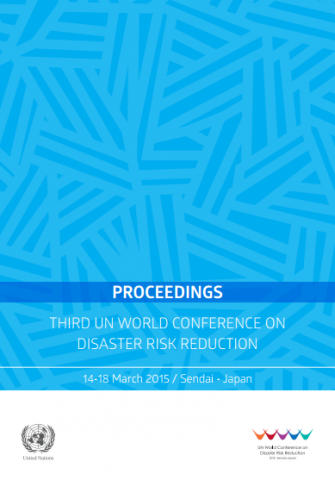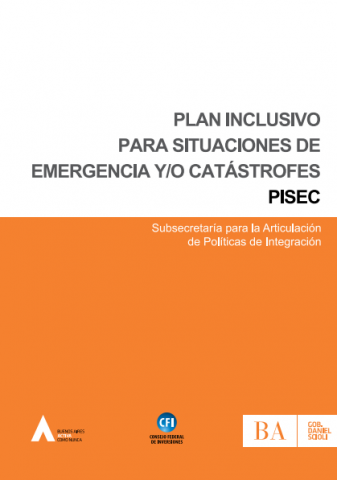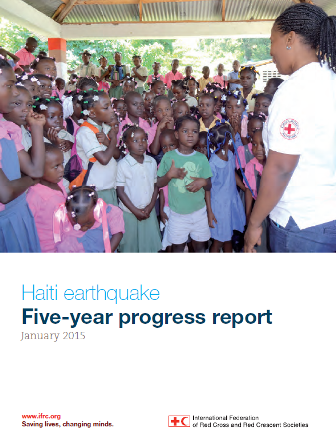Flower production in the community of El Castillito, Las Sabanas (2014)
This participatory video was developed by the Youth Network of Las Sabanas, to document a microproject implemented with the support of the Nicaraguan Red Cross and Wetlands International through the Partners for Resilience Programme in the community of El Castillito, Las Sabanas (Nicaragua) in 2014.
Flower production in the community of El Castillito, Las Sabanas (2014) Read More »



